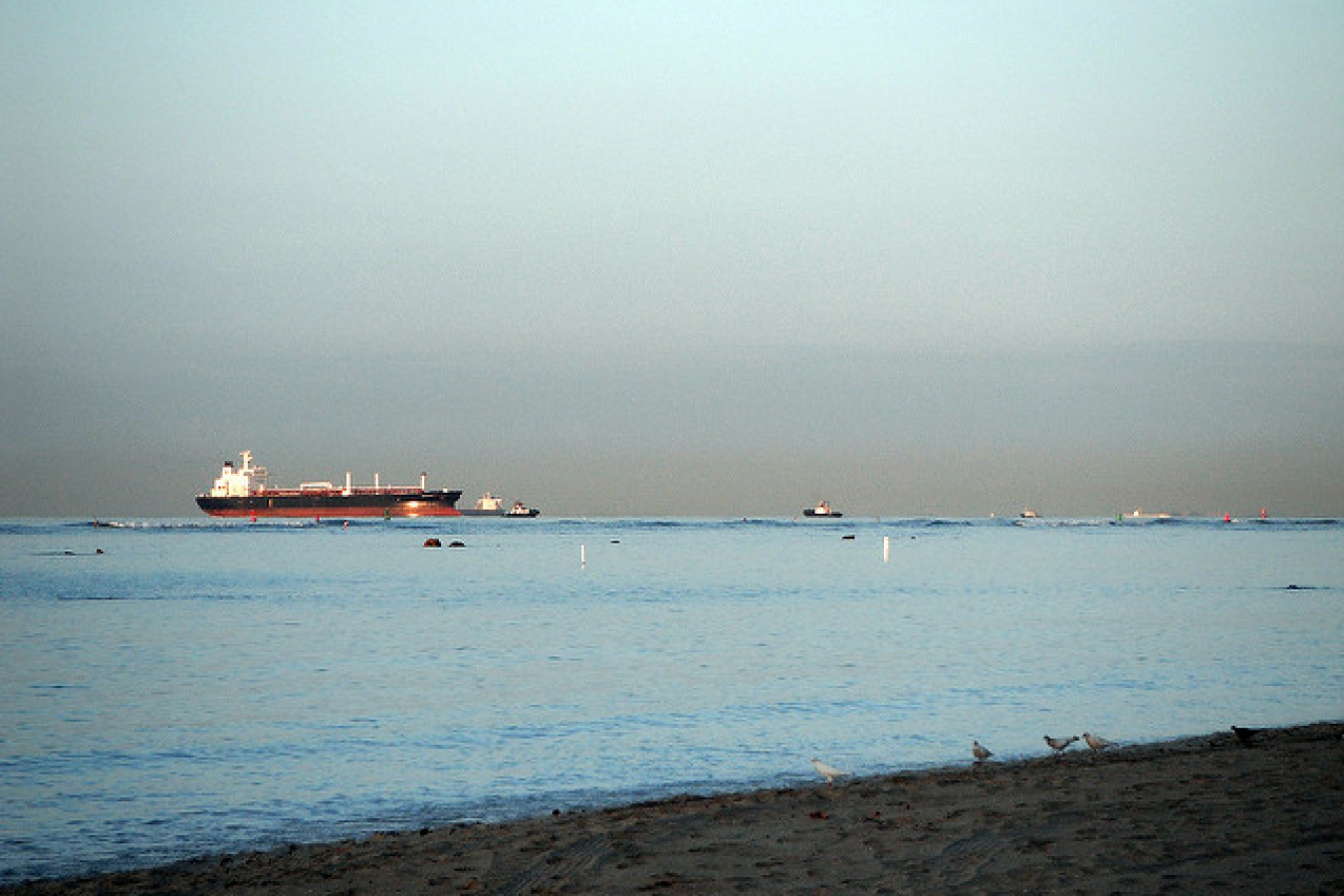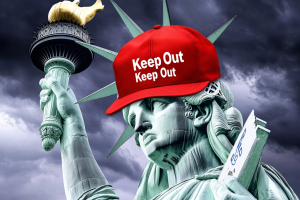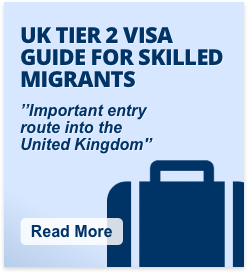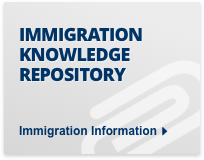Support migrant centric journalism today and donate

Statistics recently released by the United States Department of Homeland Security tell a remarkable story of the rise of India as a business power in the US and in the world at large. The Department has recently published the 2011 Yearbook of Immigration Statistics. It shows Indian citizens gaining more visas in certain categories than the citizens of any other nation on earth. Only seven years ago, the story was rather different.
In 2005, 665,202 Indians were granted visas to visit the US. Of these, 376,156 visited on B1/B2 visas. B1 visas are granted for business travellers. They are entitled to take part in business meetings but not to undertake paid work. B2 visas are granted for the purpose of tourism. It is usual practice for US consulates to grant a combined B1/B2 visa valid for both business and pleasure. They are generally valid for six months though they can be extended.
United States visas granted to Indian citizens
| Total | B1/B2 | Temp | |
| 2005 | 665,202 | 376,156 | 194,611 |
| 2011 | 1,222,902 | 762,575 | 318,955 |
Source: US Department of Homeland Security
In addition, in 2005, 61,408 Indian students were granted visas to study in US educational institutions.
There were also 194,611 visas granted to temporary workers in the US. Almost all of these visas were either H-1B 'specialty occupation' visas or L1 intra company transfer visas.
By 2011, the total number of visas granted to Indians by the US had virtually doubled. 1,222,902 visas were granted to Indian citizens. Of these 762,575 were B1/B2 temporary visitor visas. 96,828 Indian students went to US educational establishments and 318,955 Indian temporary workers were granted visas to work in US firms.
This is a measure of the rise of India's stock as a major trading nation. India is now heading the league tables in many categories. 147,920 Indians were granted H-1B visas in 2011. H-1B visas are granted to foreign graduates working in specialty occupations' that require specialised knowledge. H-1B visas normally last, initially for three years.
There is a cap on the number of H-1B visas granted annually of about 65,000. However, H-1B visa holders can also bring their immediate families with them. This explains why the number of visas granted exceeds the cap. The citizens of no other country in the world were granted so many H-1B visas. Canada came in second place with 88,000. Chinese citizens received only 23,700 and UK citizens only 19,300.
Indian citizens also received more L1 intra company transfer visas than any other nation's citizens. It received 64,482 in 2011 compared to Mexicans who received 62,000 and the 45,400 granted to Japanese citizens.
L1 visas allow firms with offices both in the US and elsewhere to bring senior managers (with an L1-A visa) or staff with 'specialized knowledge' (L1-B visa) to work in the US.
However, this success has come at a price. Last year, figures show, Indian citizens also now suffer the highest visa refusal rates. Last year, 26.8% of applications from Indian citizens for B category visas were refused. There have also been a growing number of refusals for Indians applying in other, temporary work visa categories.
Recently, Mumbai immigration lawyer Poorvi Chothani told The Economic Times, an Indian paper, that 'from recent experience, it is clear that consular officers in India have very little time to review everything in the application.' She said that it is important that, when an application is made, it is made carefully because applications can be refused even when they contain all the correct information.
If you would like to apply for a US visa, WorkPermit.com can help. WorkPermit.com is a specialist visa consultancy with nearly twenty-five years of experience dealing with visa applications. We can help with a wide range of visa applications to your country of choice. Please feel free to contact us for further details.





















